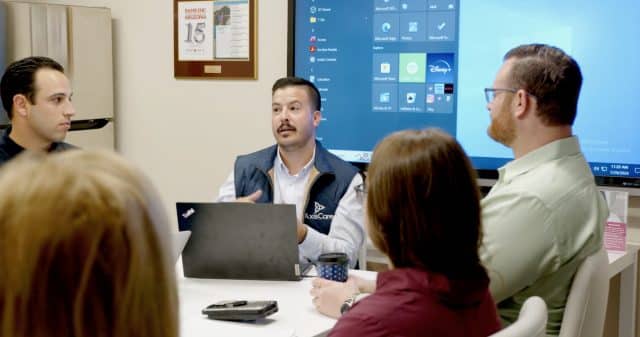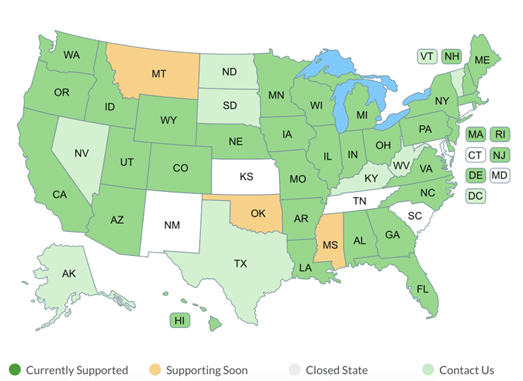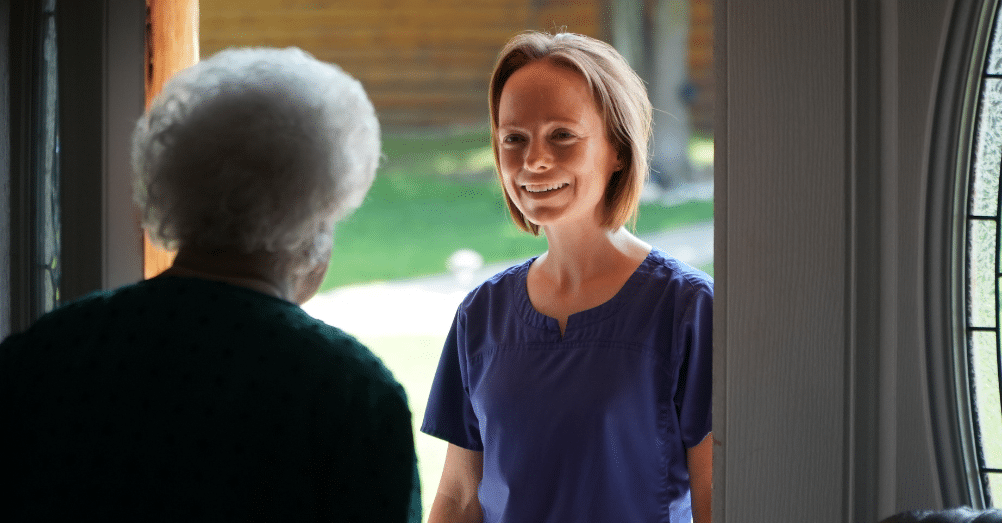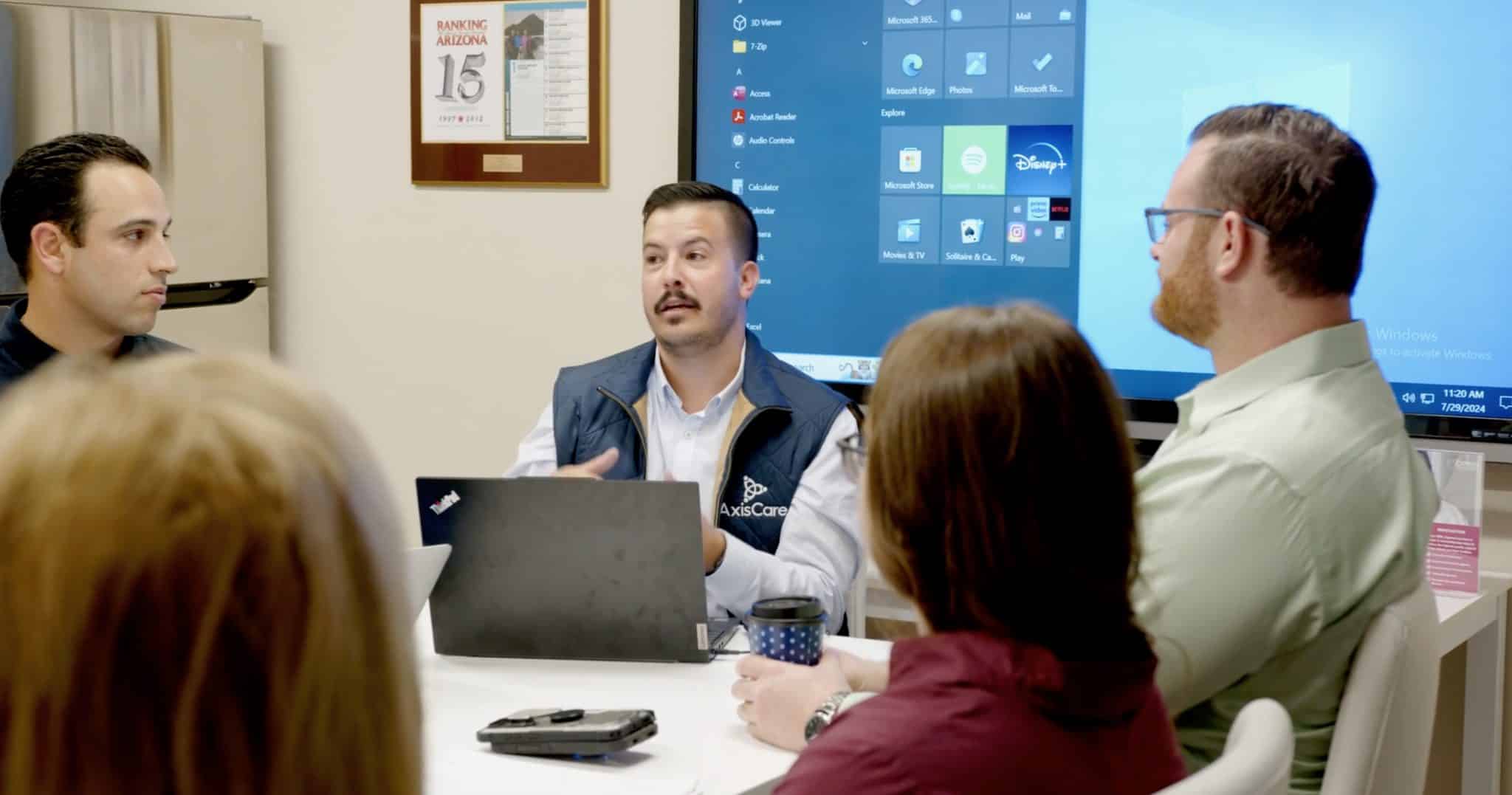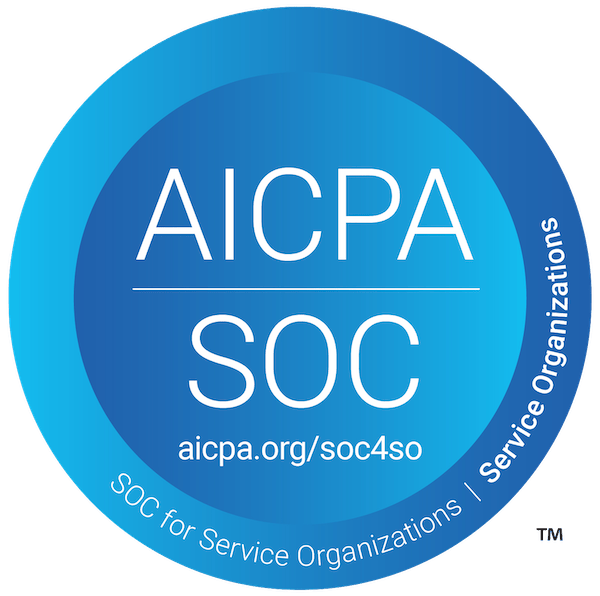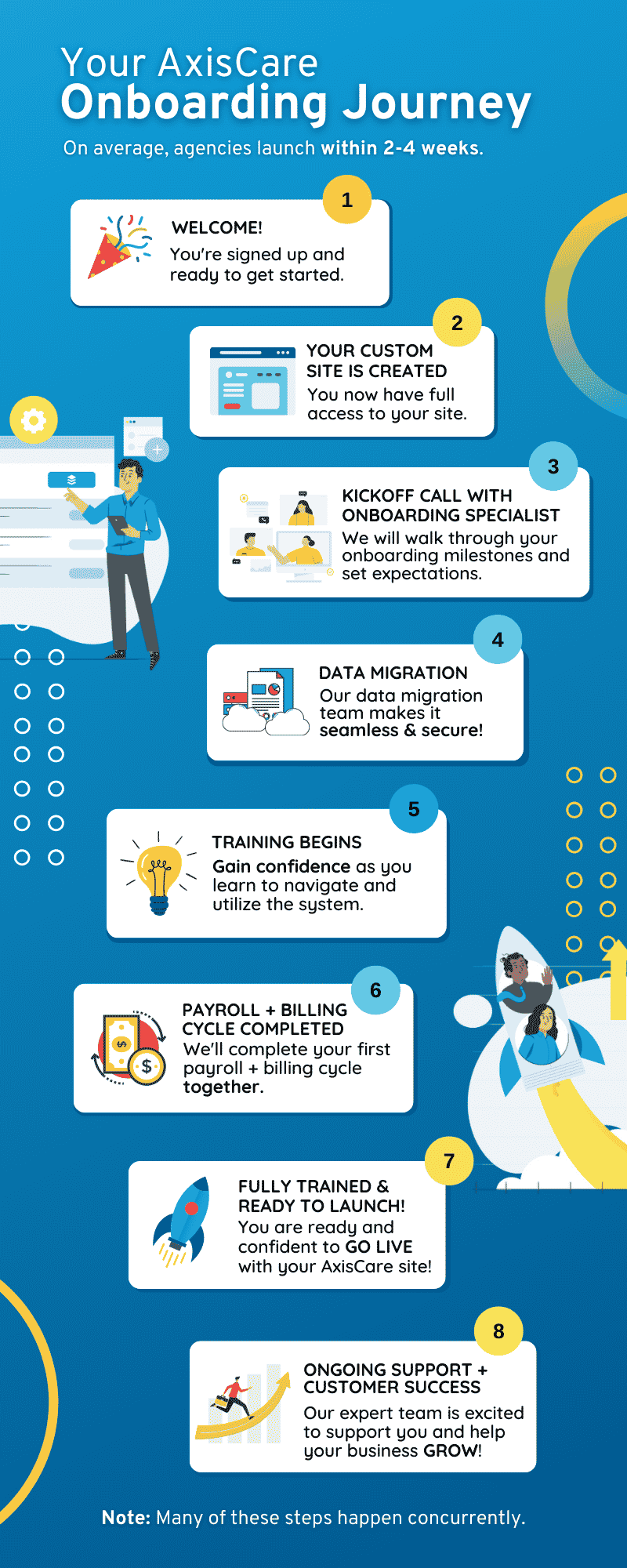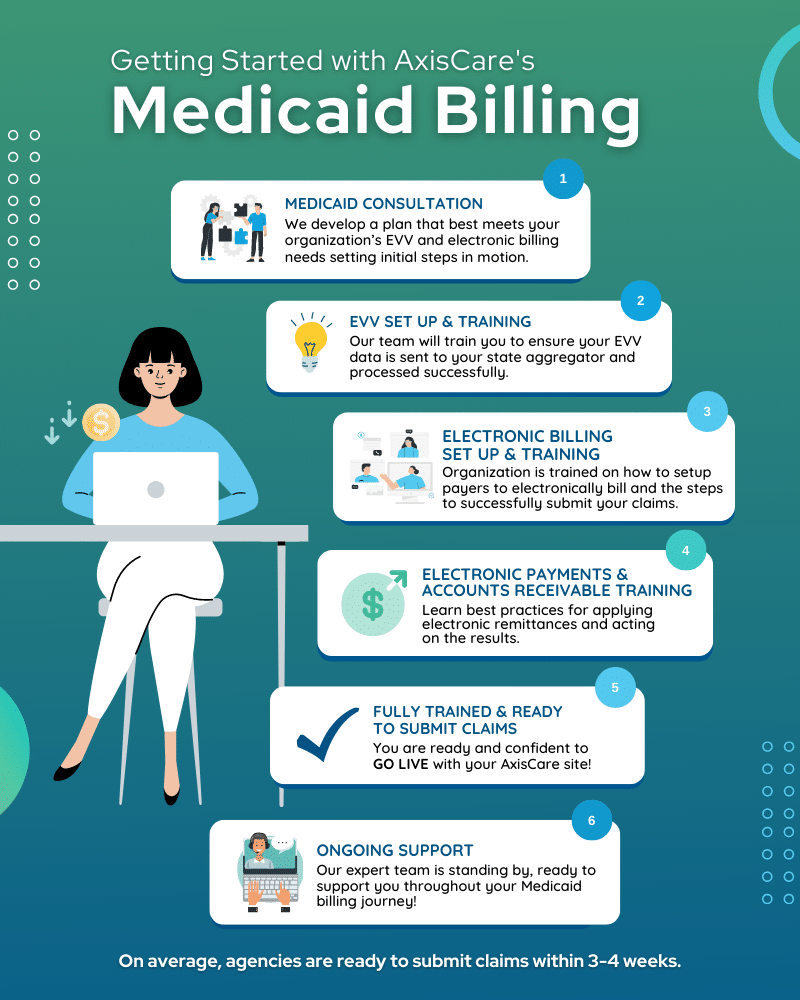As more home care agencies implement Electronic Visit Verification (EVV) software, the benefits become harder to ignore. Effective EVV software can equip agencies to optimize operations, deliver high-quality care, and adapt to the evolving landscape of home care services to stay competitive.
Impact of EVV Software on Home Care Agencies
EVV software for home health equips agencies with a Home Health Care Services (HHCS) approved method for checking in/out of service delivery using their mobile devices. The impact of this solution for home care agencies reaches beyond compliance. With EVV for home health, agencies can improve workflows, caregiver retention, and patient care.
Electronic Visit Verification Requirements
The 21st Century CURES Act requires agencies to use EVV for all Medicaid-funded Personal Care Services (PCS) and HHCS. At a minimum, agencies must implement an EVV method, but meeting state and federal mandates, ensuring accurate visit verification, and maintaining data security can be more complex.
State and Federal Requirements
EVV software compliance requirements and vendor availability differ significantly from state to state. Providers must be familiar with the mandates of their local government. For example, California Medicaid requirements for EVV, Iowa Medicaid requirements for EVV, and New Jersey Medicaid requirements for EVV are all classified as open vendor models, permitting providers to select their preferred EVV solution. In contrast, states like Nebraska mandate the use of specific state-approved vendors.
Timestamps and Location
To avoid late starts, missed visits, and time theft, EVV systems for home care must verify the time and location of caregivers during scheduled visits. This feature allows caregivers to check in/out using the mobile app and agencies to monitor caregivers during the visit using geolocation.
Identification Authentication
When a caregiver checks in for a visit using the EVV software, they must provide identification authentication. This extra step reduces the risk of fraud and ensures that the correct caregiver delivers service to the client.
Compliance with Privacy Regulations
Before choosing EVV software, ensure that Health Insurance Portability and Accountability (HIPAA) and other federal laws designed to protect patients’ privacy are prioritized on the platform. Features like HIPAA-compliant messaging allow caregivers to communicate with patients while ensuring their privacy. Messaging through EVV software typically uses encryption and secure login, making it an ideal alternative to text messages which are non-HIPAA compliant.
Key Features of Effective EVV Software
EVV for home health empowers agencies to adjust to the highly competitive and complex landscape of home care services to deliver the best care possible. With features like real-time monitoring and GPS tracking, agencies can provide excellent client care and enhance caregiver working conditions.
Real-Time Monitoring
The driving force behind EVV software development is the desire to equip agencies to provide the best care possible. Real-time monitoring gives agencies and caregivers accurate patient information to track prescribed plans and issue medication reminders. This level of customized care leads to improved efficiency for home health agencies and better patient outcomes.
GPS Tracking
Most EVV mobile software systems use the Global Positioning System (GPS) in a caregiver’s phone to monitor their location during scheduled visits. GPS utilizes a network of satellites orbiting the Earth to transmit signals to receivers on the ground, enabling accurate positioning and navigation.
Caregiver Scheduling
Agencies can use EVV software scheduling features to manage caregiver assignments and availability. For clients, this ensures that they will be assigned a caregiver that is available and skilled in the appropriate areas. For caregivers, it ensures that their geographic proximity and availability are considered in their schedule.
Electronic Documentation
Electronic documentation lets caregivers record and document visit details, patient information, and care notes in real-time rather than updating manual records in the office. In addition to better patient care, optimizing the documentation process helps eliminate billing issues and ensures caregivers get paid on time.
Integration with Systems
Ensuring that an EVV platform can integrate with other systems can make the benefits extend beyond time tracking and compliance. Seamless system integration can help with reporting, syncing electronic health records, billing and reimbursement, and scheduling to improve workflows.
Challenges of Manual Processes
EVV solves many challenges that home health agencies face, even those that have successfully run their businesses using manual processes for years. From caregiver management complexities to compliance issues, these challenges make it difficult for agencies to compete with those that use an EVV system for home care.
Lack of Caregiver Accountability
Unfortunately, reports of caregiver inaccuracies, abuse, and fraudulent activity prompted lawmakers to require home health agencies to use EVV methods. The lack of caregiver accountability that led to these incidents was partially due to manual documentation, which can be easily forged.
Miscommunication Among Caregivers
Limited communication among caregivers often results in gaps in critical patient information, potentially compromising patient care. Caregiver miscommunication can also lead to challenges in aligning schedules, which can contribute to overlooked medications or treatments, jeopardizing the quality of patient care.
Delay or Missing Documentation
Due to written errors, lost copies, and accidents, manual and paper-based documentation are at risk of mistakes or getting lost. This risky documentation method can cause delays and inefficiencies in recording visit details and patient information, which can delay billing and payment processes.
Compliance Risks
Now that an EVV system for home care is required for all states, manual documentation alone is non-compliant. Agencies that fail to meet state and federal regulations may be subject to compliance risks such as regulatory penalties, audits, or customer churn.
Inaccuracies in Billing
Manual billing invites inaccuracies that can occur when left to human error. The consequences for these inaccuracies can be claim rejections, interrupted cash flow, and increased caregiver turnover due to delayed paychecks. Perfecting the billing process can improve the accuracy of billed hours and reduce risks.
Transform Your Home Care with AxisCare
Choosing EVV software that prioritizes state and federal regulation compliance, innovative technological solutions, and customer-driven features can set your agency apart. Request a demo and see how AxisCare can help your agency be an industry leader in compliance, caregiver solutions, and client care.



